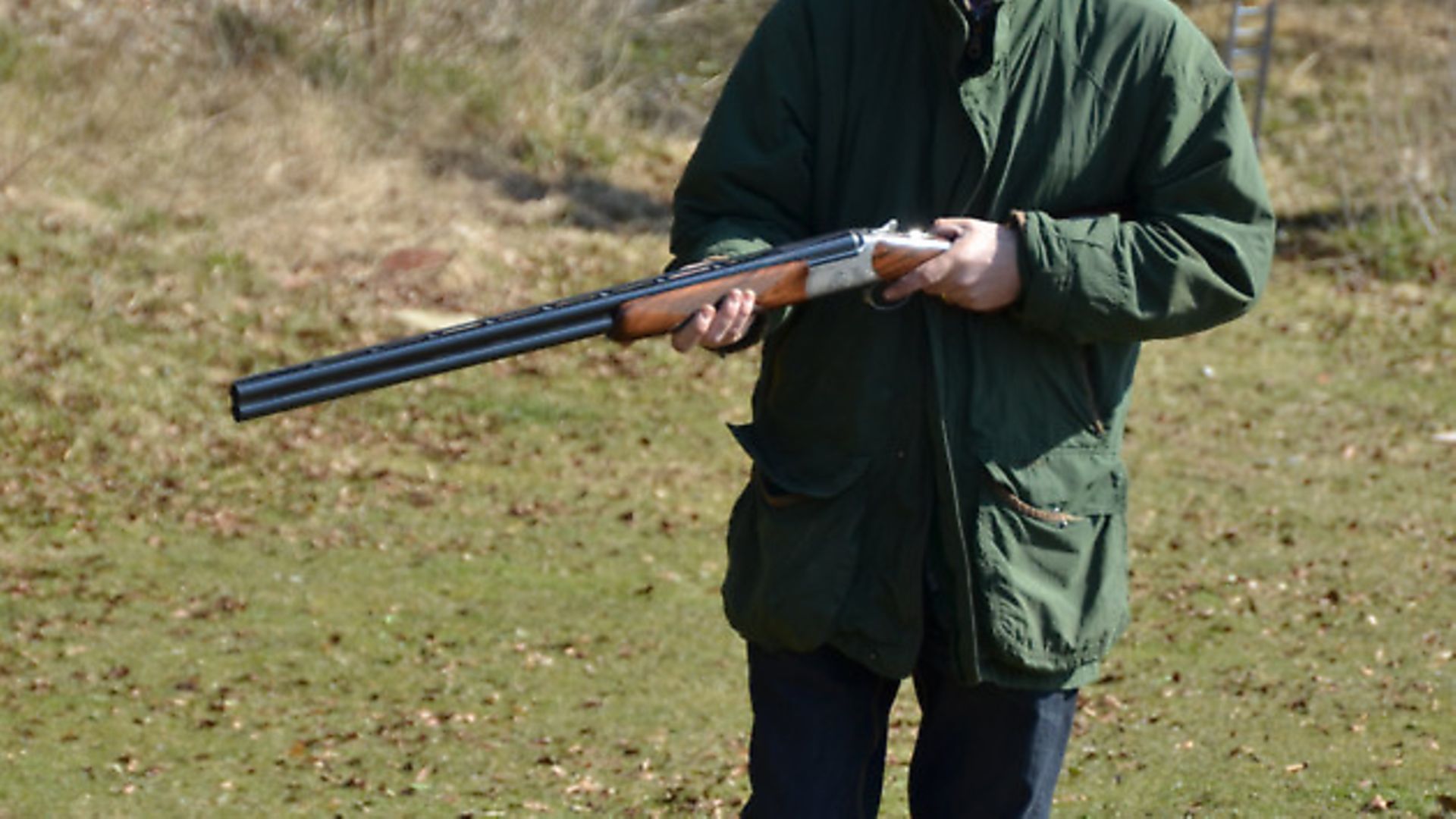Richard Faulds talks bunnies and explains why rabbiting with a shotgun, although not as popular a pastime as it once was, is still great sport
 credit: Don Brunt
credit: Don Brunt
Walked up
Most of those who started shooting as youngsters wandering around farmland have shot more than their fair share of rabbits, and it can be a great way to learn about fieldcraft. Stalking a rabbit late on a summer’s evening can be both frustrating and rewarding in equal measure. It also teaches you to keep movement to a minimum and that getting between the rabbit and its home will give you the best chance of success.
Having your wits about you is key to success and reaction times are crucial. Few quarry species will proffer such a short window of opportunity as a bunny under full power. When walking, try to keep the gun in a position from which it can be mounted quickly, but don’t keep it held too high or you will soon become tired, meaning that you are too slow when you do eventually get a shot. If you are fortunate enough to spy a rabbit before it sees you then mount on it quickly so that you are ready to take the shot.
Sitting rabbits are something that can be annoyingly easy to miss. Try not to consciously aim too much, like with a rifle, and instead bring the gun up instinctively at the lower portion of the animal or even at the ground just beneath it and pull the trigger. Don’t dawdle, as the longer you wait the higher the chance you will miss or that it will clock you and be off at great speed.
Tackling a fast mover is quite straightforward, so long as you don’t over-think things. If the rabbit has the jump on you and your barrels are tearing off after it then your gun speed will provide all the lead that you require, and as you catch up with it pull the trigger and the bunny will be down. If, however, you have time, then mount on the rabbit and pull off in front of it, always keeping the shot low; remember that 75 percent of rabbits are missed over the top and much of this is down to people lifting their head off the stock to get a better view of where they are shooting. If you always try to shoot at the front feet of a running rabbit you won’t be far off.
From a vehicle
A few years ago it was common to hear of people shooting vast quantities of rabbits from the back of vehicles. With two or three shooters stood in cages on the back of a pickup, a driver with a heavy right foot and more than a pinch of courage (or recklessness depending on your viewpoint) from all concerned, such outings were fast and frantic adrenaline-fuelled forays.
The obvious issues are that having two or three shooters using shotguns at the same time whilst stood on the back of a fast-moving 4x4 is potentially a disaster waiting to happen. There are plenty of stories of Subaru pickups coming home with holes in the roof or bonnet, shooters clashing barrels and rolled vehicles with narrow escapes. Of course in these enlightened times most prefer to use a .22 or .17 at night, when things can be done at a far more sedate pace and with far less risk to the participants’ health.
Driven day
This can be a contentious issue, though hopefully you should know at the start of the day whether any ground game can be shot. If you have been given a green light then ensure that common sense prevails. Only take shots behind the gun line and never in front towards the beaters, though be aware of pickers up that may be in the line of fire. If stood in thick cover don’t be tempted into a snap shot as there may well be a terrier or spaniel hot on the rabbit’s heels and it could all too easily end in tragedy.
When it comes to the weapon of choice, it’s better not to have something too long barrelled or cumbersome as you won’t have much time to get your shot off. Semi-autos work well but they present the usual problem of climbing over a fence or ditch only to find yourself standing with an empty gun that is slow to load and a rabbit sat ten yards away, hence why I stick to an O/U. Most shots are taken at 15-40 yards so masses of choke isn’t necessary, nor is a big heavy load of shot. A 30g 5 or 6 should be plenty for the job at hand, the former offering a little more stopping power. Be aware though that if you go to a number 4 then chances are the carcass will be quite heavily damaged if you intend to eat it.
Hares
I am not a big fan of shooting hares as I enjoy seeing them around, especially in grassland environments. Of course there are parts of the country where they have become so successful that they are an agricultural pest and consequently they have to be dealt with, often on large hare shoots which can net hundreds of the animals in a single day.
If you are going to shoot hares then stick to number 4 shot; hares are considerably larger than rabbits so more stopping power is required. Also, be ready with a quick follow-up shot, as hares can take quite a beating and still get back up and running again. If you are on a walked-up day and you have been asked to shoot hares then you might want to wait until later in the day, as a few hours of lugging one around will soon teach you that the extra size definitely means a lot of extra weight to carry.